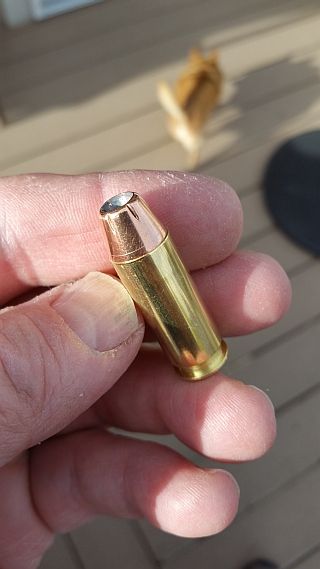cougar gt-e
New member
Marketing hype.
If you want power, get a 460 rowland conversion for your 1911
If you want power, get a 460 rowland conversion for your 1911
I don't know of any current production 1911s that AREN'T rated for +P.Super Sneaky Steve said:I don't know of any 1911's that are rated for +P.
In what world is a polymer framed pistol like the Ruger P345 going to be more "sturdy" than a steel 1911?I don't know of any 1911's that are rated for +P.
People who do it sometimes run a heavier spring and one of those plastic buffer pads.
For +P .45's I'd go with a sturdy Ruger like the P345.
In what world is a polymer framed pistol like the Ruger P345 going to be more "sturdy" than a steel 1911?
If it's not broke , don't fix it. I believe the standard .45 ACP loads are excellent. The .45 ACP does what it's supposed to do.

But seriously, the 45 Auto is just such a wonderful round, I see no reason not to take advantage of it with higher performance ammo --if it truly is 'higher performance'. But, I feel that if you can't practice with equivalent ammo for whatever reason (cost, recoil), then it's not that attractive to carry it.
